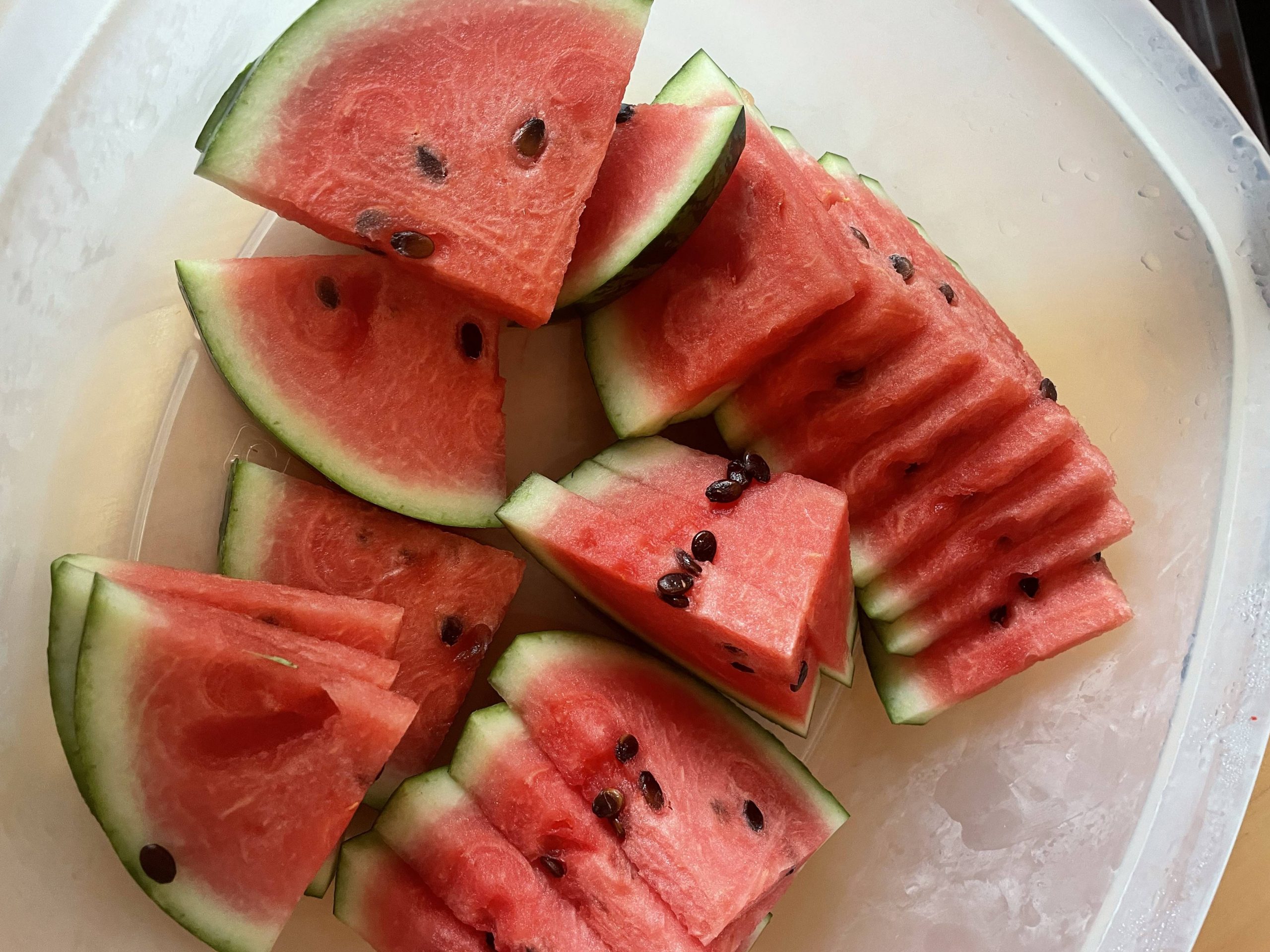
Successful Gardening is an enriching hobby, allowing you to connect with nature, cultivate food, and create beautiful spaces. For beginners, the prospect of starting a garden can be both exciting and daunting. However, with the right knowledge and approach, anyone can develop a green thumb and enjoy the rewards of a thriving garden.
Choosing the Right Location
Selecting the right location is one of the first steps in starting a successful garden. Your chosen location will greatly impact your plants’ health and growth. Consider factors such as sunlight, soil quality, and proximity to water sources. Most plants need at least six hours of sunlight daily, so choose a spot in your yard with ample sunlight. Playou’rer plants near a window with good light exposure if you’re gardening indoors.
Soil quality is another crucial factor. Different plants have varying soil requirements, but well-draining soil rich in organic matter is generally ideal for most gardens. You can improve your soil by adding compost or organic fertilizers. Additionally, ensure that your garden is close to a water source, making it easier to water your plants regularly.
Understanding Your Climate
Understanding the climate in your area is essential for choosing the right plants and knowing when to plant them. Different plants thrive in various climates, so knowing your region’s hardiness zone is important. The USDA Plant Hardiness Zone Map is a useful tool to help you determine which plants suit your area.
Once you know your zone, research which plants best suit your local climate. Some plants are more tolerant of heat or cold, while others may require specific conditions like humidity or dryness. Knowing your local growing season is also vital. Planting at the right time ensures your plants have the best chance of thriving and yielding well.
Starting with Easy-to-Grow Plants
As a beginner, it is wise to start with plants that are easy to grow and maintain. This will help you build confidence as you learn the basics of successful gardening. Some beginner-friendly plants include herbs like basil, mint, and parsley, which grow quickly and require minimal care. Vegetables like lettuce, tomatoes, and radishes are also great for novice gardeners.
Flowers such as marigolds, sunflowers, and zinnias are easy to grow and add color and beauty to your garden. These plants are hardy and can tolerate a range of conditions, making them ideal for those just starting out. By choosing easy-to-grow plants, you’ll experience early success, encouraging you to expand your gardening efforts.
Proper Watering Techniques
Watering is one of the most important aspects of successful gardening, and getting it right can make a significant difference in the health of your plants. Overwatering and underwatering are common mistakes that can harm your garden. To avoid these, it’s essential to understand the water needs of your plants and develop a consistent watering routine.
Most plants prefer deep, infrequent watering rather than shallow, frequent watering. This encourages the roots to grow deeper into the soil, making the plants more resilient. Water your garden in the early morning or late afternoon to minimize evaporation and allow the water to soak into the soil. Pay attention to the weather; if it’s been raining frequently, you may only need to water sometimes. Conversely, during dry spells, your plants may need extra hydration.
Fertilizing for Growth
Fertilizing your plants gives them the necessary nutrients to grow strong and healthy. As a beginner, you may feel overwhelmed by the different types of fertilizers available, but starting with a balanced, all-purpose fertilizer is a safe choice. These fertilizers typically contain equal parts nitrogen, phosphorus, and potassium, essential nutrients for plant growth.
Organic fertilizers, such as compost, manure, or bone meal, are also excellent options, especially if you’re interested in sustainable gardening practices. They improve soil structure and provide a slow-release source of nutrients. Apply fertilizers according to the instructions on the package, and be careful not to over-fertilize, as this can lead to nutrient imbalances and damage your plants.
Dealing with Pests and Diseases
Pests and diseases are a natural part of successful gardening, but you can minimize their impact with proper care. The first pest and disease management step is to keep your garden clean and healthy. Remove dead leaves and debris, as they can harbor pests and diseases. Rotate your crops each year to reduce the buildup of soil-borne pests and diseases.
Natural pest control methods, such as introducing beneficial insects like ladybugs or using neem oil, can help manage pests without harmful chemicals. If you notice signs of disease, such as discolored leaves or stunted growth, identify the problem early and take appropriate action, such as removing affected plants or using organic fungicides.
Harvesting and Enjoying Your Garden
One of the most rewarding aspects of gardening is harvesting the fruits (and vegetables) of your labor. Knowing when and how to harvest is crucial for maximizing yield and enjoying fresh produce. Each plant has its harvesting guidelines, so research the plants’ specific needs in your garden.
Generally, it’s best to harvest in the morning when the plants are full of moisture. Use clean, sharp tools to avoid damaging the plants, and carefully handle your harvest. After harvesting, take the time to enjoy the literal fruits of your labor. Whether fresh herbs for your meals, colorful flowers for your home, or delicious vegetables for your table, gardening offers endless rewards.
Successful Gardening is a journey of learning and growth. You’ll develop a thriving garden and unlock your green thumb potential by starting with your aesthetics, choosing the right plants, and caring for them properly.